View all Standards for British Columbia (2018)
Describe, analyze, and evaluate ways in which props, technologies, and environments are used in drama, using discipline-specific language
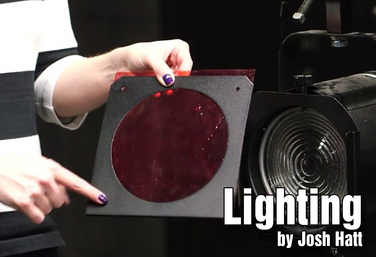
Part of the Technical Theatre Mini Units Curriculum
Lighting
by Josh Hatt
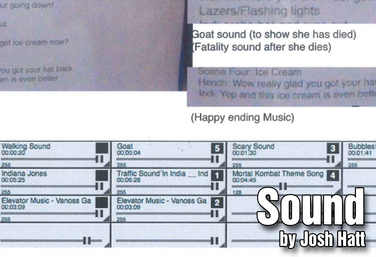
Part of the Technical Theatre Mini Units Curriculum
Sound
by Josh Hatt

Part of the Technical Theatre Mini Units Curriculum
Costuming
by Josh Hatt
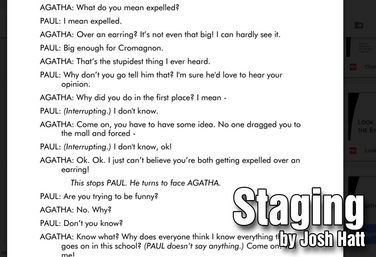
Part of the Technical Theatre Mini Units Curriculum
Staging
by Josh Hatt

Part of the Technical Theatre Mini Units Curriculum
Free Play Makeup
by Josh Hatt

Part of the Technical Theatre Mini Units Curriculum
Culminating Project
by Josh Hatt
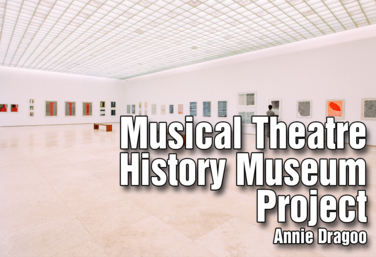
Musical Theatre History Museum Project
by Annie Dragoo
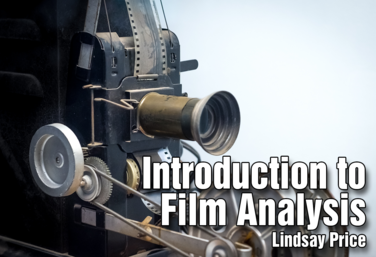
Introduction to Film Analysis: Mise en scène
by Lindsay Price
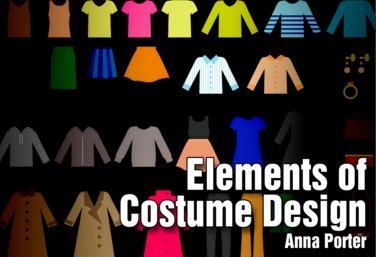
Elements of Costume Design *Hyperdoc
by Anna Porter
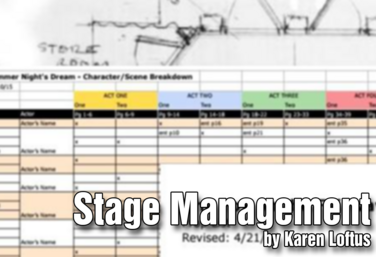
Stage Management
by Karen Loftus
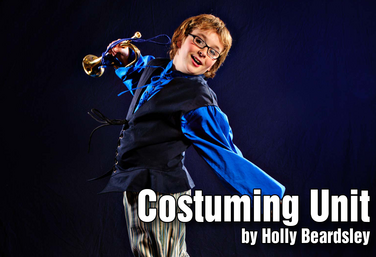
Costuming
by Holly Beardsley
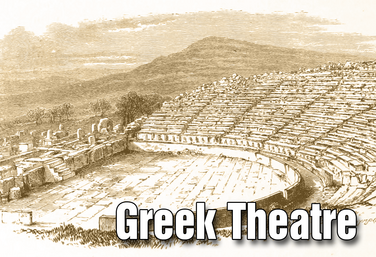
Part of the Drama One Curriculum
Ancient Greek Theatre
by Karen Loftus
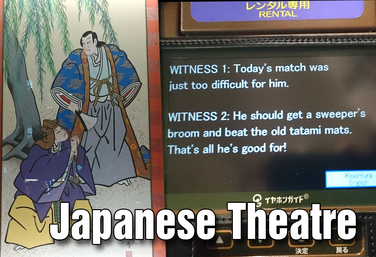
Part of the Drama One Curriculum
Japanese Theatre
by Karen Loftus
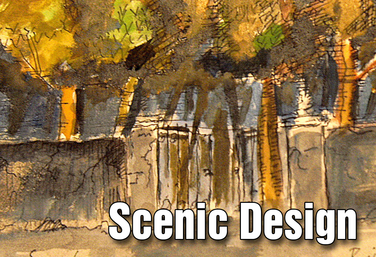
Part of the Drama One Curriculum
Scenic Design
by Karen Loftus
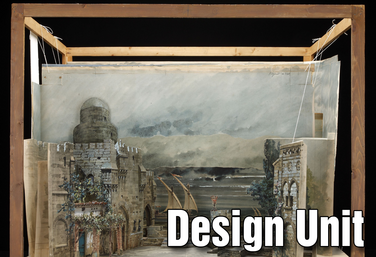
Part of the Drama Two Curriculum
Design
by Matt Webster

Part of the Stagecraft Without a Theatre Curriculum
Elements of Design
by Karen Loftus
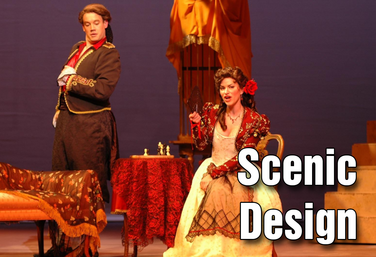
Part of the Stagecraft Without a Theatre Curriculum
Scenic Design
by Karen Loftus

Part of the Stagecraft Without a Theatre Curriculum
Sound
by Karen Loftus and Josh Hatt

Part of the Stagecraft Without a Theatre Curriculum
Costume Design
by Holly Beardsley, Karen Loftus, and Josh Hatt

Part of the Stagecraft Without a Theatre Curriculum
Make-Up Design
by Karen Loftus and Josh Hatt

Part of the Stagecraft Without a Theatre Curriculum
Culminating Project
by Karen Loftus
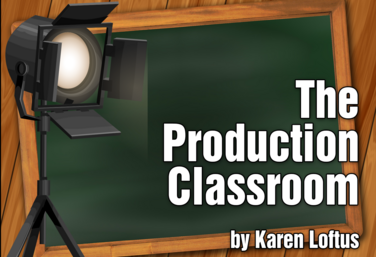
Part of the Production Classroom Units Curriculum
Part One - Pre-Production
by Karen Loftus

Part of the Production Classroom Units Curriculum
Part Two - Rehearsal and Performance
by Karen Loftus

Part of the Production Classroom Units Curriculum
Part Two - Documents
by Karen Loftus

Part of the Stagecraft Without a Theatre Curriculum
What is a Stage Manager? (Extra Lesson)
by Karen Loftus

Part of the Production Classroom Units Curriculum
Part Three - Reflection and Assessment
by Karen Loftus
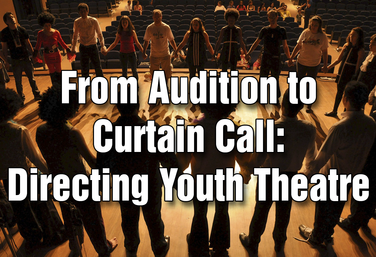
From Audition to Curtain Call: Directing Youth Theatre
by Steven Stack
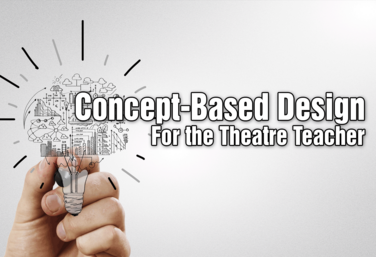
Concept-Based Design for the Theatre Teacher
by Matt Webster
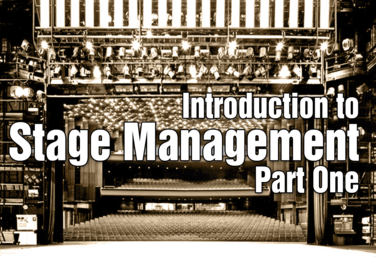
Introduction to Stage Management Part One
by Karen Loftus
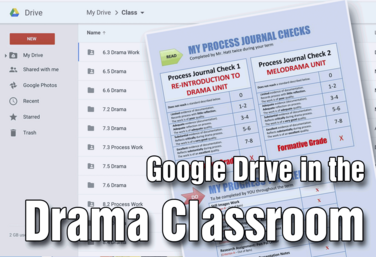
Google Drive in the Drama Classroom
by Josh Hatt
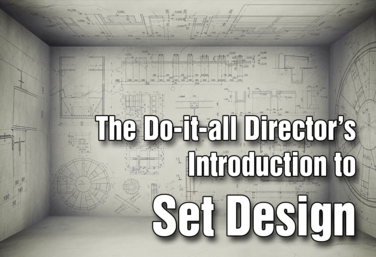
The Do-it-All Director's Introduction to Set Design
by Holly Beardsley

Basic Lighting for Drama Teachers
by Claire Broome
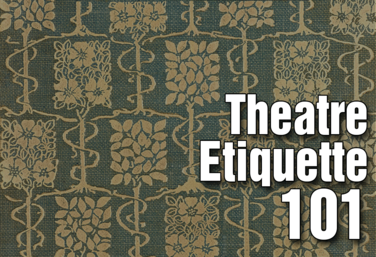
Theatre Etiquette 101
by Kerry Hishon

The Production Classroom
by Karen Loftus
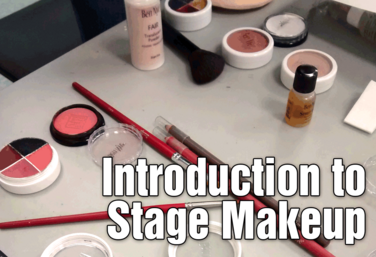
Introduction to Stage Makeup
by Matt Webster

21st Century Skills Through Devising
by Allison Williams
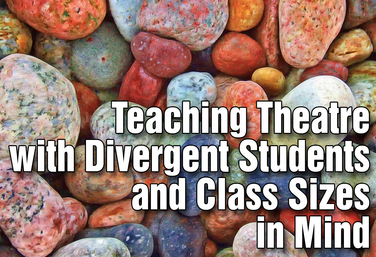
Teaching Theatre with Divergent Students and Class Sizes in Mind
by Steven Stack
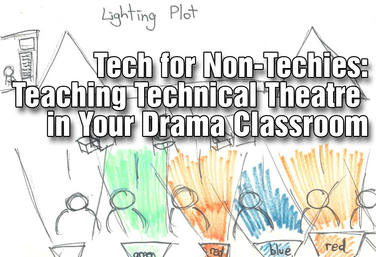
Tech for Non-Techies: Teaching Technical Theatre in Your Drama Classroom
by Josh Hatt
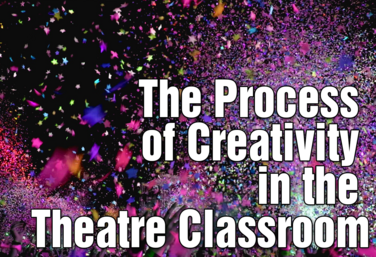
The Process of Creativity in the Theatre Classroom
by Gai Jones

Beyond the Basics: Rehearsal Strategies to Grow Your Actors
by Julie Hartley

Director's Toolbox 1: Teaching Students to Direct
by James Van Leishout
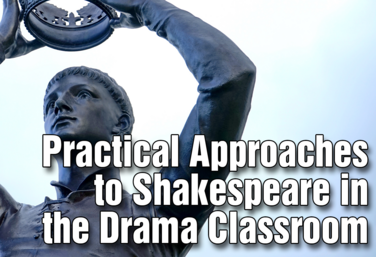
Practical Approaches to Shakespeare in the Drama Classroom
by Julie Hartley
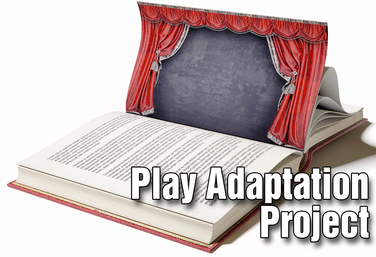
Play Adaptation Project
by Lindsay Price
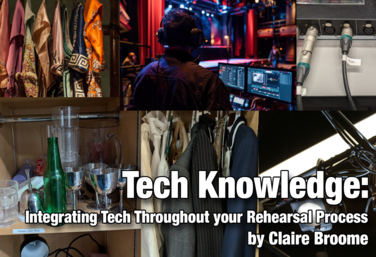
Tech Knowledge: Integrating Tech Throughout Your Rehearsal Process
by Claire Broome
View all Standards for British Columbia (2018) Standards Master List